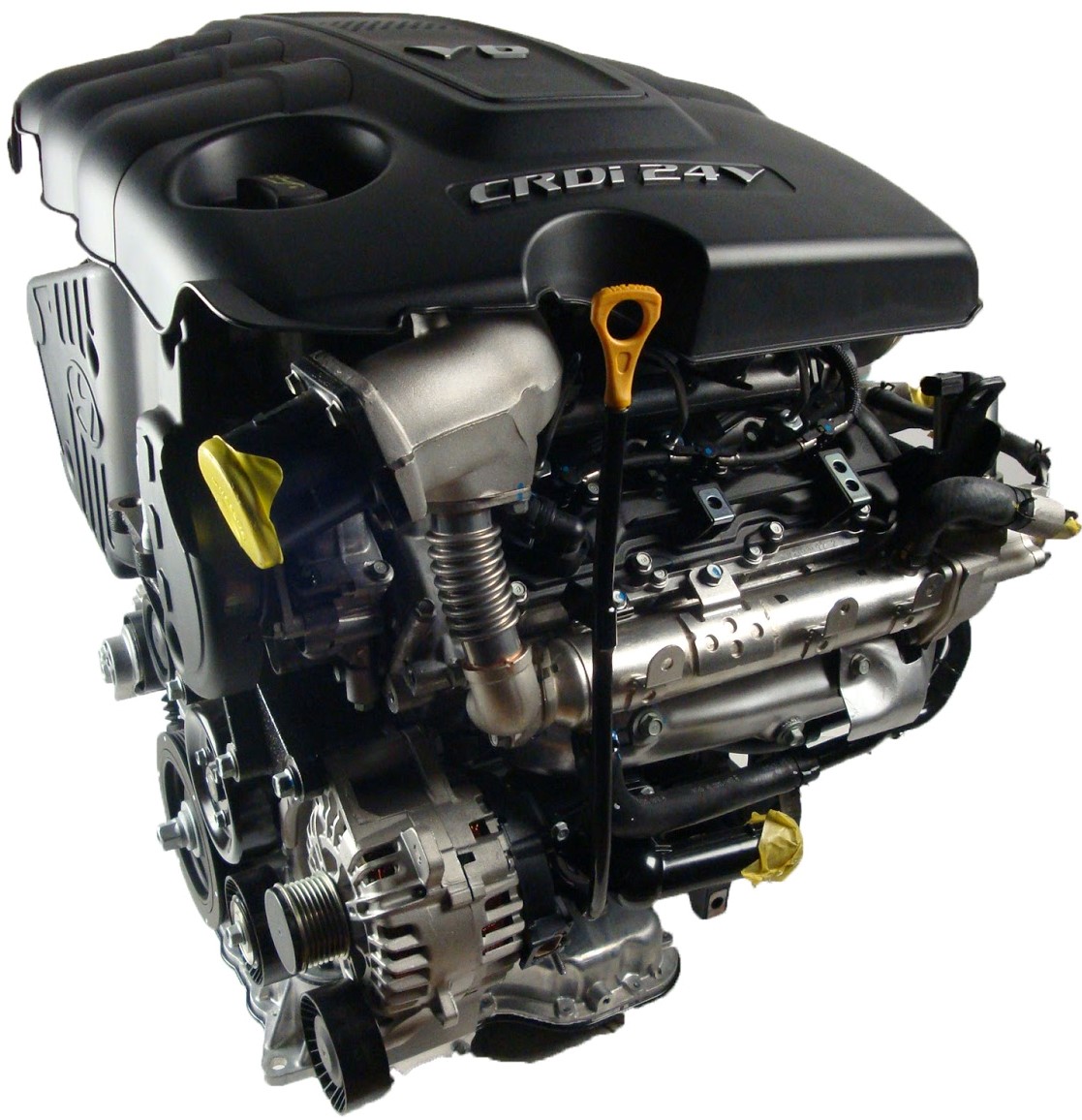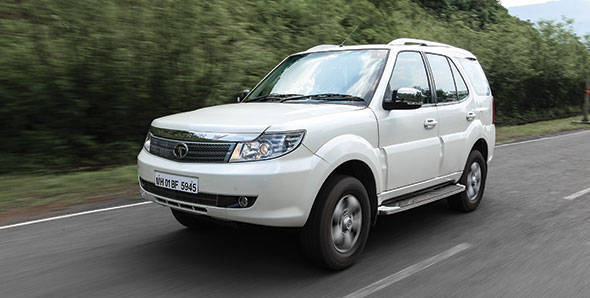Automotive jargons shouldn’t limit your love for the beautiful machines.
While they tend to have a meaning and purpose, it shouldn’t go on to undermine anyone. So, in order to boost up your car knowledge and clear the doubts you’ve got regarding some of the terms, we’re here.
In Part 2 of this series, we clear the air and simplify the technical jargons involved with automotive and cars. So, here are 10 technical words and automotive jargons.
You Might Also Like: Choosing Between Petrol Vs Diesel Cars
1. Common Rail Direct Injection (CRDi)

CRDi stands for common rail direct injection. The term means direct injection of the fuel into the cylinders of a diesel engine via a single, common line. This common line or the common rail is the reason behind the an,e. It is connected further to all the fuel injectors.
The CRDi engines tend to build up constant pressure for each injection sequence.
2. Common Rail Diesel Engine (CRDE)
A common rail diesel engine is a new development in the world of diesel engines. This common rail is what is used in the engines to deliver fuel to the valves. These engines reduce emissions generated from the diesel engines.
3. Direct Diesel Injection System (DDIS)
:max_bytes(150000):strip_icc():format(webp)/gm_dfi-56a0f8a95f9b58eba4b5ca7f.jpg)
Direct fuel injection is a fuel-delivery technology. It allows diesel engines to burn fuel in a more efficient manner. This efficient burning results in more power, cleaner emissions, and increased fuel economy. The engine tends to break the diesel into smaller droplets. This further means more efficient combustion and lesser emissions.
4. VariCOR

The VariCOR engines are an advance version of Tata’s DiCOR engines. The VariCOR engines tend to add a variable geometry turbocharger into DiCOR engines. However, a variable geometry turbocharger does the work over here. It modifies its geometry as required and allows a constant turbo boost across a variety engine speeds, making the engine smoother and powerful.
This enhances the driving experience, making the ride more comfortable for the passenger.
You Might Also Like: Do the new BS6 vehicles require a pollution certificate from 1st April?
5. Turbocharged Direct Injection (TDI)
The Turbocharged Direct Injection is a technology from Volkswagen. The technology turned out to be controversial in the United States which led to the Emission Scandal or the DieselGate in 2015.
In simple words, a TDI engine is a combination of two kinds of diesel engines- direct injection and turbocharging. The direct injection sprays diesel into the fuel chambers. This allows for more efficient combustion. Moreover, a turbocharger allows more air to enter the engine and compresses it. This more air combined with an intercooler at the end makes the process more efficient.
The TDI cars tend to have better mileage, silent and a refined engine.
6. Turbo Diesel Common Rail Injection
TDCi technology is used in cars from Ford. It concurs that it is a diesel engine which uses a turbocharger and common rail injection system to deliver fuel in the combustion chamber. The TDCi engine sprays pressurized fuel as per engine loads for better performance and least emissions.
7. Fixed Geometry Turbocharger

A fixed geometry turbocharger is simply a variable turbocharger with wastegate. The fixed geometry turbocharger was used before the variable ones came into play. A fixed geometry turbocharger tends to be more rigid. Whereas, a variable turbocharger is able to generate more torque at lower speeds.
8. Variable Geometry Turbocharger
A turbocharger equipped with Variable Turbine Geometry is called a VGT. It has small vanes which move and direct exhaust flow onto the turbine blades. The vane angles are adjusted via an actuator. The angle of these vanes varies throughout the engine RPM range to optimize turbine behaviour.
This constant behaviour makes the engine behaviour more constant.
Missed Part 1? Here you go: 10 Automotive Jargons Explained and Simplified






